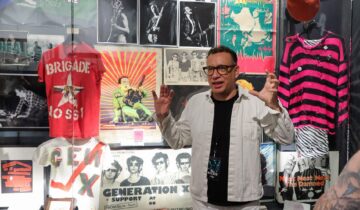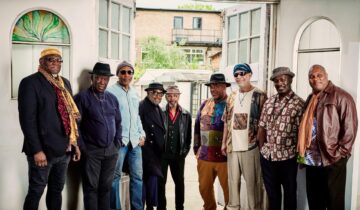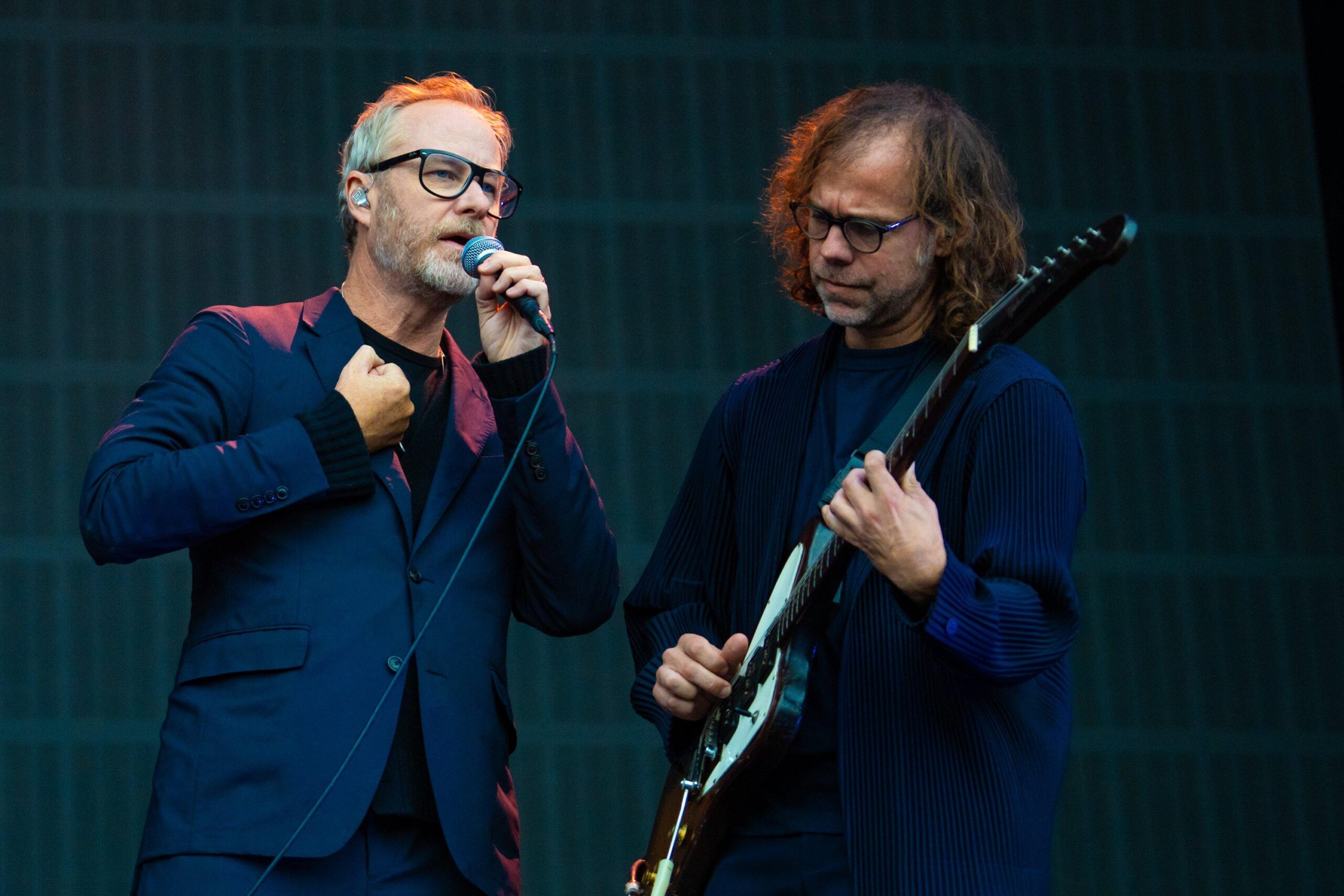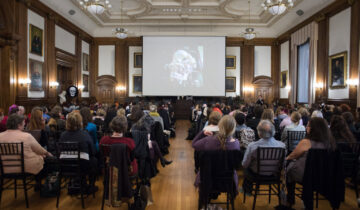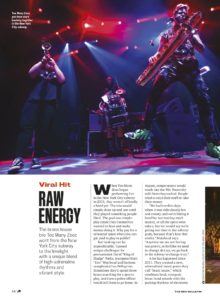 For the March 2020 print edition of RED BULLETIN MAGAZINE:
For the March 2020 print edition of RED BULLETIN MAGAZINE:
When Too Many Zooz began performing live in the New York City subway in 2013, they weren’t officially a band yet. The trio would simply show up and jam until they played something people liked. The goal was simple: play music they themselves wanted to hear and make money doing it. Why pay for a rehearsal space when you can get paid to play in public?
But busking can be unpredictable. It posed unique challenges for percussionist David “King of Sludge” Parks, trumpeter Matt “Doe” Muirhead and baritone saxophonist Leo Pellegrino. Sometimes they’d spend three hours searching for a spot to play, and then a police officer would tell them to go home. In August, temperatures would reach into the 90s. Passersby told them they sucked. People tried to steal their stuff or take their money.
“We had terrible days, when it was ridiculously hot and sweaty, and we’re hitting it hard but not making much money, or all the spots were taken, but we would say we’re giving our time to the subway gods, because that’s how this works,” Muirhead says.“Anytime we are not feeling our groove, or feel like we need to change shit up, we go back to the subway to change it up.”
A lot has happened since 2013. They created a new, adrenalized music genre they call “brass house,” which combines loud, energetic brass-band sounds with the pulsing rhythms of electronic dance music. Pellegrino developed a signature style of acrobatic dancing that he performs while playing his baritone sax. The band created an entire look of vibrant hair and bright-colored outfits that is urban, modern and retro. The Roots’ drummer, Questlove, tweeted a video of them, saying “THIS is how the Roots got their start . . . minus YouTube to spread the quicker word. Peep NYC’s own.”
They appear on Beyoncé’s 2016 Lemonade album and performed live with her at the 2016 CMA Awards. Pellegrino performed alongside the Grammy-winning Metropole Orchestra during their 2017 BBC Proms tribute to Charles Mingus. Too Many Zooz has released six EPs, including a Christmas EP with energized versions of “Jingle Bells” and “Deck the Halls,” as well as a full-length album, Subway Gawdz, which is a nod to the imaginary subway “gods” they’ve been honoring since day one. They tour eight to 10 months out of the year, from Australia to Canada to Europe and across the U.S. In 2020 they hope to release an album of collaborations with well-known hip-hop MCs.
As their career has expanded, band members have had to learn the business side of music. Touring has ups and downs, and some venues can be hard to fill. Sometimes they’ll promote heavily and sell about 80 tickets, but they filled a 500-seat venue in Chicago on their first visit. Some agents are more helpful than others.
“We’ve had a lot of help bringing up this thing,” Muirhead says. “We work hard and put the work in for sure, but some of it is also luck, like opportunity meeting preparation.”
They don’t live in the same city anymore: Muirhead lives in Philadelphia and Pellegrino splits time between Pittsburgh and Philly. Nowadays they meet the King of Sludge in NYC about a week before a tour to rehearse. When they arrived in the studio to record their latest E P, Zombie, they showed up with nothing in hand but had a record three weeks later.
“Too Many Zooz is like a machine, with so many ideas, but only a few of those become real things,” Pellegrino says. “The follow-through is the difficult part.”
When he’s not touring, recording or producing music for other artists, Muirhead plays video games like Teamfight Tactics and Overwatch. Pellegrino exercises: biking, swimming, lifting weights and rock climbing. “I like going on intense runs up to the top of a hill, then sit and chill and meditate,” Pellegrino says.
When they reconvene, the trio has been tempted to try new things that may enhance their music or make it bigger to compete with top festival DJs or larger bands: They’ve added more layers to recordings and added live tracks to supplement their sound. But every time they try to change things too much, they just go back to what they call the “raw stuff.”
“We keep realizing we have such a natural energy live,” Muirhead says. “We’ve performed more than 5,000 times together, so we know ourselves so well at this point. We’ve given our subway treatment a haircut and a shave, but we’re still basically the same. Maybe we don’t need a giant wall of sound, just a great performance piece.”
